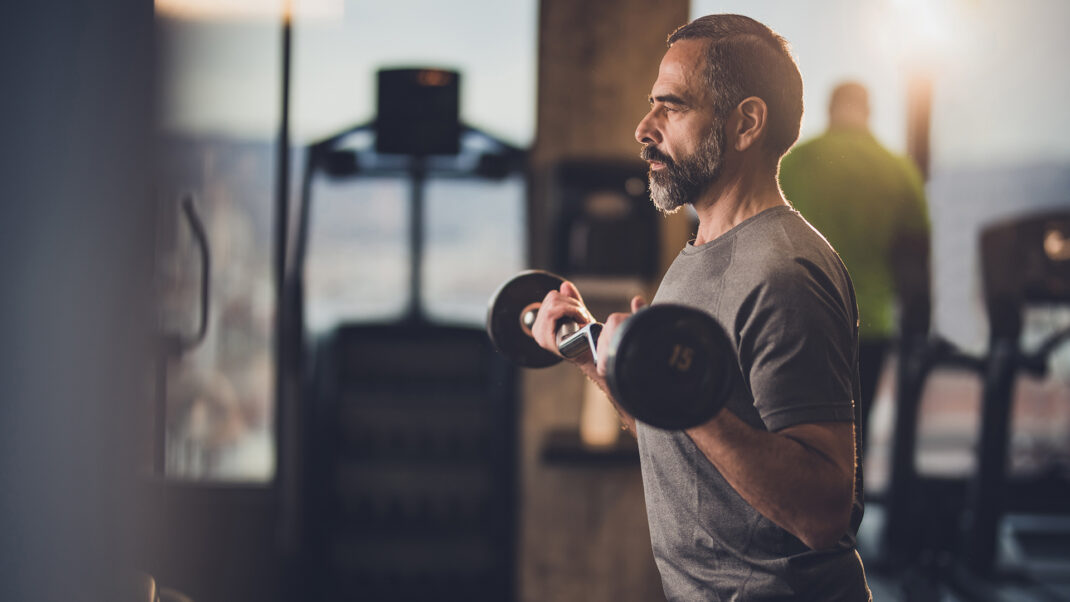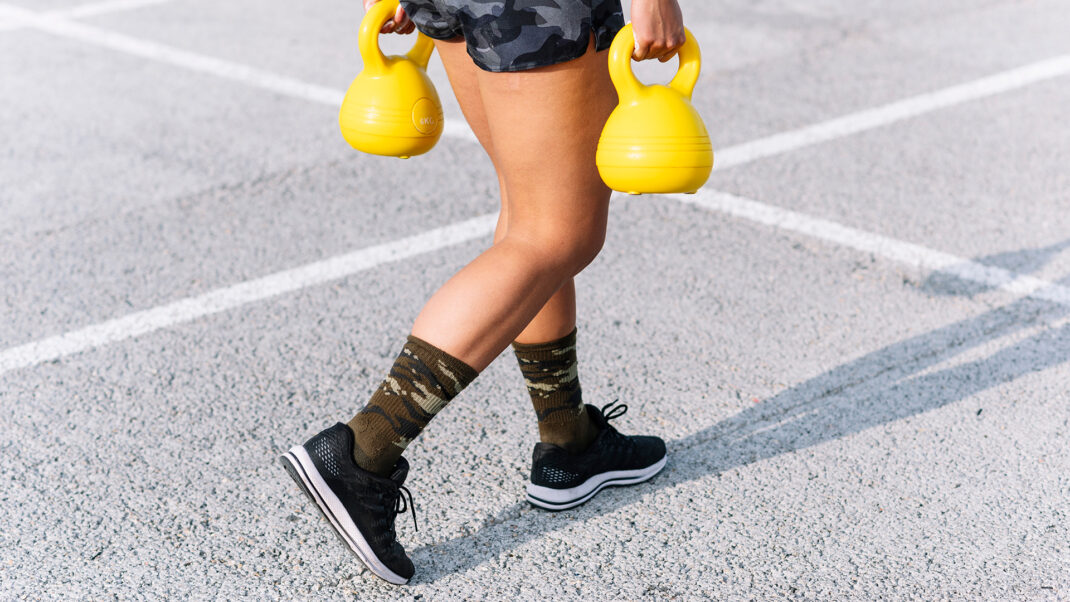Practical Programming for Pilates
Considering adding a full-on Pilates program or some new Pilates offerings to your studio’s programming? Are you eyeing mat, apparatus, group sessions, private sessions, specialty classes or all of the above? Many factors must be weighed in your selection of class type, equipment and the minimum instructor skills you’ll accept.
Demographics: Know Your Members
Ask yourself who you’re trying to attract to your class and why, advises Dian Ramirez, the fitness director at the San Diego Tennis & Racquet Club, where she also trains clients in the club’s Pilates studio. “Effective programming begins with identifying members who have an interest in Pilates and finding out what they would like. Do they like working out alone? In groups? Are they willing to pay extra for group or private equipment-based classes?”
Poll your members and get answers to these questions. They’ll provide a solid blueprint for building your programming.
Floor Space: Got Room?
Floor space is especially critical for Pilates because of its mind-body aspect. “A dedicated space is best, if possible,” Ramirez says. “Pilates classes require focus and concentration ideally in a space that is away from noisier activities like spin classes. A quiet location will enhance the environment.”
However, a dedicated space isn’t feasible for many facilities. “It can be done in a shared space,” says Ramirez. “But these clubs will need to think about location and scheduling so they don’t conflict with noisier offerings. A shared space will also require equipment that can be stacked or stored on end, for easier storage and portability.”
Equipment Investment vs. Mat Classes
For facilities wanting to start a program with minimal equipment investment, mat classes are a great entry point. Mats don’t take up much space and are easy to store. Eventually many clubs begin buying equipment, such as reformers, for members wanting something beyond the mat. It’s here that clubs begin to generate nondues revenue, as equipment classes are most often fee-based.
“It’s also important to remember that—although matwork is used as a springboard into fee-based programming—it’s not necessarily an introductory form of the exercise, and can be extremely challenging,” says Ramirez. “Your instructors play a big part in keeping your mat classes fun and safe for all participants.”
Reformers have become very popular because they can provide assistance with difficult movements, allowing participants to accomplish exercises they may not be able to perform on a mat.
How much equipment to buy? Most small clubs start off with one or two reformers. A larger facility typically invests in three or four reformers to begin, depending on the amount of space they have.
Hiring Knowledgeable Instructors
To retain and recruit participants, you must have instructors who can keep class sessions fresh and fun. But the extensive repertoire and nuances of Pilates make it paramount to have knowledgeable instructors. It’s vital that they be able to modify the exercises to meet the specific needs and challenges of various body types.
In addition, with the continuing rise in overall Pilates participation, stduios face the dilemma of having a membership that wants Pilates classes, but a shortage of instructors to teach them. Ramirez points out two options to remedy this situation. “You have a short-term solution, which is hiring an instructor externally, and a long-term solution, which is training your existing staff. Hiring externally can be the faster route, but it’s crucial to recruit an instructor who fits in with the club’s philosophy and the dynamic of your membership. A poor hiring choice from this standpoint can lead to dissatisfaction for both members and the instructor.
"Conversely, ‘growing your own’ requires more of an investment in time, but you can count on having instructors who are familiar with your club and its members.”
Daniel Wilson is a freelance writer based out of Rocklin, California.





